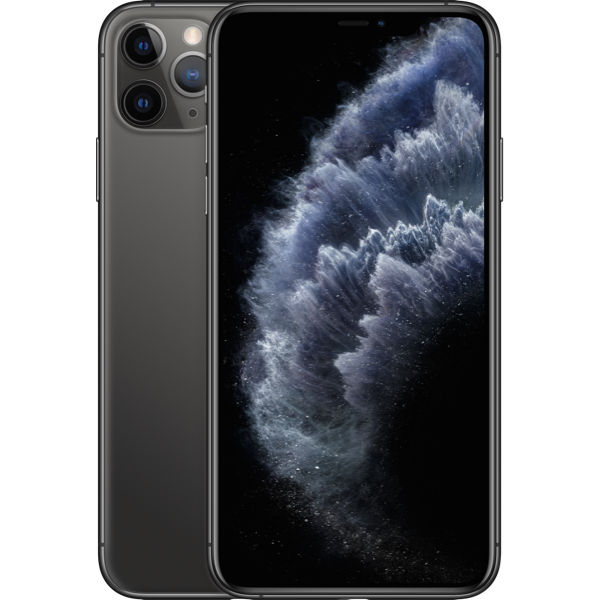The History of Apple iPhones

Mục Lục
September 2014: Plus-size models introduced.
iPhone 5 was the first Apple phone to launch in September, a trend that would continue through today. But 2 years after the iPhone 5 was released, Apple unveiled 2 additional models to the series. The iPhone 6 Plus joined the iPhone 6 in a simultaneous release in 2014, marketed as “bigger than bigger” and “the two and only.”
The iPhone 6 Plus set the tone for display size as subsequent iPhone 7 Plus and iPhone 8 Plus models also sport a 5.5” screen, while the traditional iPhone 6, iPhone 7 and iPhone 8 versions have all been 4.7”.
Aside from larger displays, iPhone 6 and iPhone 6 Plus boasted faster processors, upgraded cameras and improved LTE and Wi-Fi connectivity. The iPhone 7 and iPhone 7 Plus introduced new color options and water and dust resistance and removed the 3.5mm headphone jack.
September 2017: “Say hello to the future.”
The first-ever Apple event at the Steve Jobs Theater in Cupertino, California introduced the world to 4K Apple TV, Apple Watch Series 3, iPhone 8, iPhone 8 Plus and iPhone X. A historic event, headlined by iPhone X (released in November) to commemorate the release of the very first iPhone a decade earlier.
iPhone X became the first Apple phone to usher in OLED screen technology, wireless charging and an edge-to-edge screen display. The home button was removed and now Face ID allows users to unlock their phone with a look and Animojis mimicked their movements.
Portrait Mode, Portrait Lighting, digital image stabilization, TrueDepth and optical image stabilization all contributed to Consumer Reports praising iPhone X’s camera as the highest-rated smartphone camera ever.
September 2018: “Welcome to the big screens.”
Apple built off the previous years’ iPhone X, spawning three new creations: iPhone XS, iPhone XS Max and iPhone XR. iPhone XS and iPhone XS Max deliver super retina in two sizes, including the largest display ever on an iPhone, faster Face ID, a smarter and more powerful chip and a breakthrough dual-camera system. As an alternative, iPhone XR is engineered with an all-new Liquid Retina display, allowing you to see true-to-life color from one edge of your screen to the other on the largest LCD ever for an iPhone.
From FaceTime to Face ID, iPhone has left a permanent mark on how we experience smartphone technology. And these innovations and success have spawned the popular iPhone SE and C series’.
October 2020: “Hello 5G.”
The launch of the iPhone 12 and iPhone Pro Max includes some new colors and 4 phones all with 5G support. The new series features Ceramic Shield, which has 4 times better drop performance as well as an A14 Bionic chip, 16-core Neural Engine and is super efficient for great battery life. 5G offers superfast speeds and super low latency so you can get faster downloads, better-quality video streaming, more responsive gaming and real-time interactivity.
All-new to iPhone 12 is an Ultra-Wide camera that now captures Night mode images and a Wide camera that now captures 27% more light.
But for all the great phones currently available from Apple, the future is even more exciting. If their track record is any indication, there are plenty of thrilling technological advancements waiting just around the corner. So be sure to check out all the great devices and accessories from Apple at Verizon, your destination for the hottest new phones, all on the nation’s most reliable 4G and 5G network.
September, 2021: Welcome, iPhone 13 and Friends
The iPhone 13 and iPhone 13 Pro hit the market in September 2021, and featured the addition of iPhone’s most advanced dual-camera system ever. Paired with durable design, an A15 bionic chip, and a big leap in battery life, iPhone 13, iPhone 13 Pro, iPhone 13 Pro Max and iPhone 13 mini are full of impressive features making them the greatest iPhone models yet.
Not sure which iPhone model to choose from? Compare iPhone models here, and pair them with Verizon– the network America relies on.
1. 5G Ultra Wideband available in select areas. 5G Nationwide available in 2700+ cities.
2. Display: The display has rounded corners that follow a beautiful curved design, and these corners are within a standard rectangle. When measured as a standard rectangular shape, the screen is 6.06 inches (iPhone 14), 6.68 inches (iPhone 14 Plus), 6.12 inches (iPhone 14 Pro), or 6.69 inches (iPhone 14 Pro Max) diagonally. Actual viewable area is less.
3. SOS Satellite disclaimer: Emergency SOS via Satellite: Available in November 2022. Service is included for free for two years with the activation of any iPhone 14 model. Connection and response times vary based on location, site conditions, and other factors. See apple.com/iphone-14 or apple.com/iphone-14-pro for more information.






